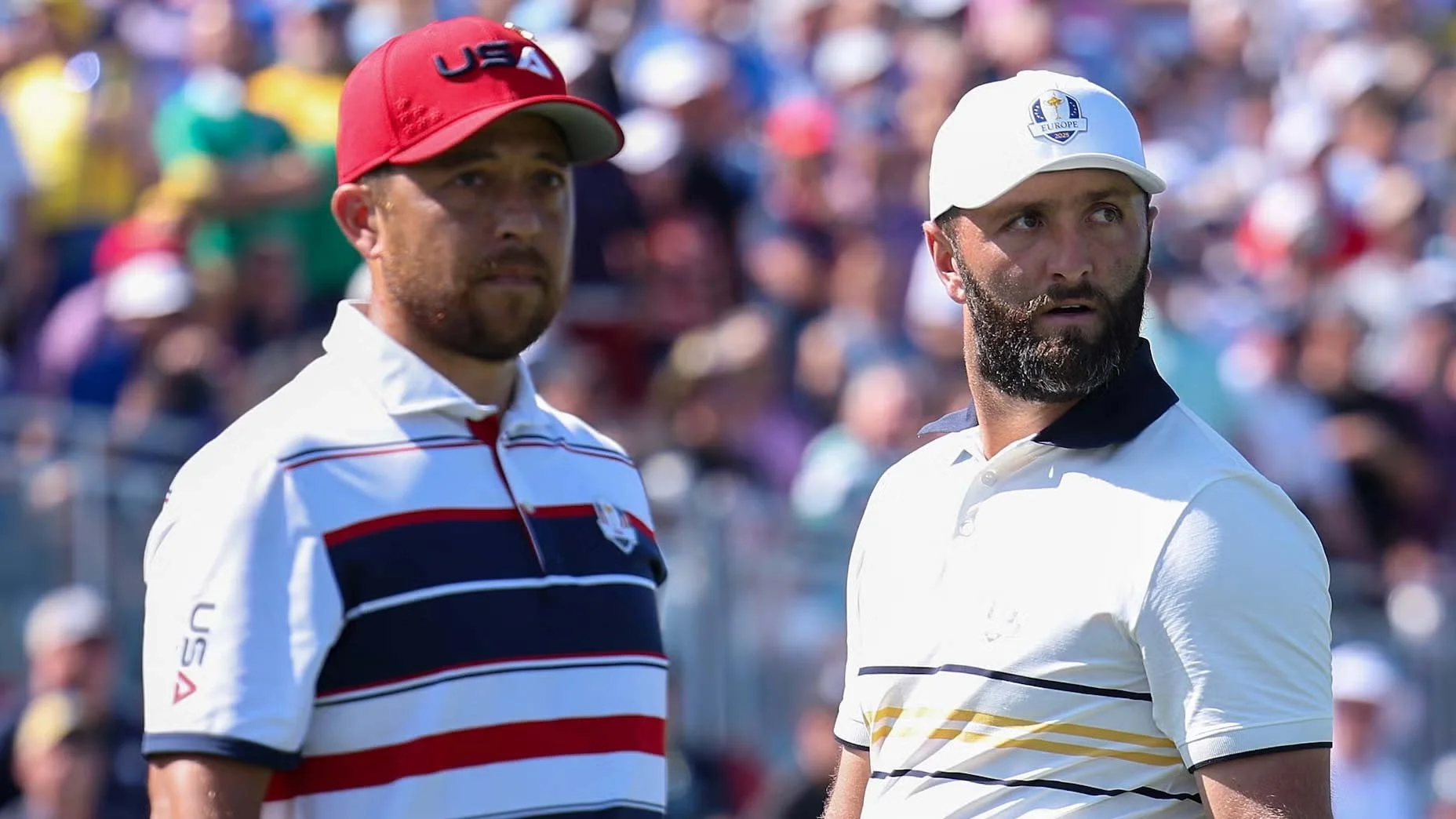
Last year, winning the Zozo Championship came with a particularly meaningful perk: an invitation to the 2025 Masters. (Nico Echavarria won the Zozo; he was near contention on the weekend at the Masters but faded to 51st.)
How about last year’s Spanish Open? It was a memorable tournament with a memorable winner; Spain’s own Angel Hidalgo took down countryman Jon Rahm on the first playoff hole, changing his career in the process. The win secured Hidalgo’s status on the DP World Tour and improved his world ranking to a lifetime-best 162. But it didn’t get him to Augusta National.
This year, though? The tournaments run head to head on the PGA Tour and DP World Tour — but the invites have flipped. And that flip tells us two things about the structure of professional golf.
First, the decision: In August, Augusta National Golf Club announced in conjunction with the R&A that its Masters Tournament plus the Open Championship would be leaning into exemptions from storied national opens and shifting their focus away from the PGA Tour’s fall events. If you win one of these opens? You’re now into both tournaments. That includes this week’s Spanish Open as well as the Scottish Open, the Japan Open, the Hong Kong Open, the Australian Open and the South African Open.
At the same time, the Masters and its limited field will not automatically include the winners from the fall’s seven PGA Tour events. That means no invites from the Procore Championship, last week’s Sanderson Farms, this week’s Baycurrent, the Bank of Utah Championship, the World Wide Technology Championship, the Butterfield Bermuda Championship and the RSM Classic. Steven Fisk will have to find another qualifying path.
Augusta National and the R&A are two of the game’s governing bodies. They don’t do anything by accident. So what does this decision tell us?
1. The golf world’s governing bodies are embracing history — and international golf.
You can compare the fields for the Spanish Open and the Baycurrent and find big-time players at each; their field strengths are comparable. Xander Schauffele, Collin Morikawa and Hideki Matsuyama headline the Baycurrent while Jon Rahm, Shane Lowry, Joaquin Niemann and Sergio Garcia are the stars of the Spanish.
It’s notable that three of those latter four names are LIV golfers. Other LIV players are also among the betting favorites, including David Puig, Patrick Reed and Tom McKibbin. And while Rahm and Garcia are already exempt into the Masters for life, LIV’s young stars face uncertain paths to major-championship qualification. The majors have been reluctant to embrace LIV Golf itself, offering only limited spots to the league. But this is an opportunity to potentially get one of the best pros from the breakaway circuit despite being barred from PGA Tour events.
The explanation that came with the initial announcement wasn’t LIV-centric, though — it leaned into history and international golf.
“The Masters Tournament has long recognized the significance of having international representation among its invitees,” Augusta National Golf Club and Masters chairman Fred Ridley said in a statement. “We, along with The R&A, have a shared commitment to the global game and are proud to work together.
“Today’s announcement strengthens our organizations’ collective vision of rewarding top talent around the world who rise to the top of historic national open championships.”
“We share the same goal as Augusta National to offer places in both The Open and the Masters to players competing in national opens and by doing so to help to showcase and strengthen our sport in those regions,” added R&A CEO Mark Darbon.
The Opens they chose also draw from a variety of tours, including the Asian Tour (Hong Kong), Japan Golf Tour (Japan), the Sunshine Tour (South Africa), PGA Tour of Australasia (Australian) and DP World Tour (Scotland and Spain). One part of the message is clear: despite its dominant position, the PGA Tour isn’t the only sheriff in town.
2. The world is adjusting to the PGA Tour’s increasingly tiered system.
For a fall event, the Baycurrent has a very strong field. It boasts 11 of the top 40 players in the OWGR. But there’s also no mistaking the fact that, given its place on the calendar, it is a third-tier event on the PGA Tour, a step behind the “full-field” regular-season FedEx Cup events, two steps behind the Tour’s Signature Events and three steps behind the major championships that are now declining to reward its winner.
How do we make sense of these fall events and what they mean? The Masters seems to be offering some clarity on where they stand by changing the wording of its PGA Tour-winner invitation category to the following: “individual winners of PGA Tour events that award a full-point allocation applied to the season-ending Tour Championship.” Anything that happens after the Tour Championship, in other words, is something else.
That speaks to one piece of the reckoning coming for the PGA Tour. When new CEO Brian Rolapp spoke at the Tour Championship, he made it clear that while he believes in the basic structure of the existing league, his goal is “significant change.”
He also outlined three pillars for the Tour’s competitive future: Parity, scarcity and simplicity. That’s where we find a problem, because under the current structure these fall events could violate the principles of scarcity and simplicity; on a basic level it’s confusing that the league plays its “season-ending” Tour Championship and then…just keeps going, with stars sprinkled throughout. This is one big question facing the Tour going forward as it categorizes its “Fall Events” and its “Alternate Events” versus its “Full-Field Events” and its “Signature Events”: Are these all PGA Tour events or are some of them something slightly less?
The Masters has made its answer clear.